How to Test Near & Far Vision Using a Snellen Chart
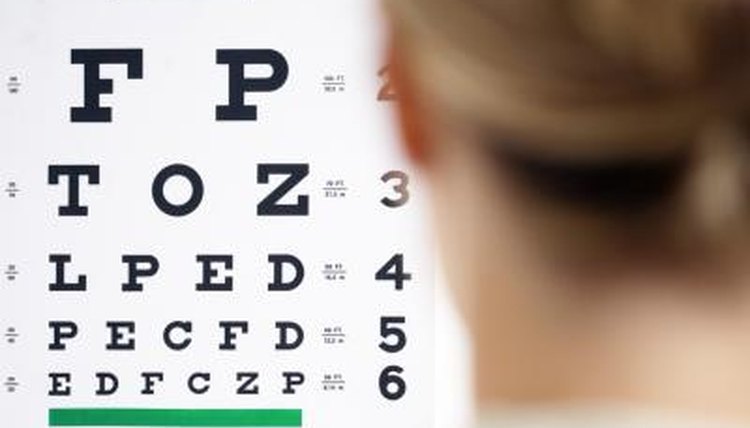
A deceptively simple tool, the Snellen chart is the generally accepted standard for testing visual acuity. At first glance, the chart appears to be simply a descending list of letters. On each row, there are more letters that are written in a smaller case. However, this is a sophisticated tool that was created in 1862 by Dr. Hermann Snellen. The Snellen chart is used to measure the function of each eye individually; it is not as useful if both eyes look at the chart at the same time.
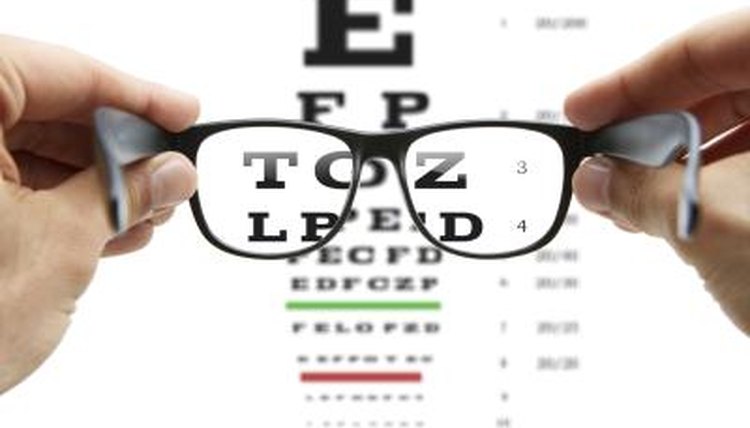
Fuse/Fuse/Getty Images
Hang a Snellen chart on a wall. These can be obtained cheaply, or you can also print one for free online. You can also pull up a Snellen chart on a computer monitor, or project it onto a wall as is done in many eye doctor's offices.
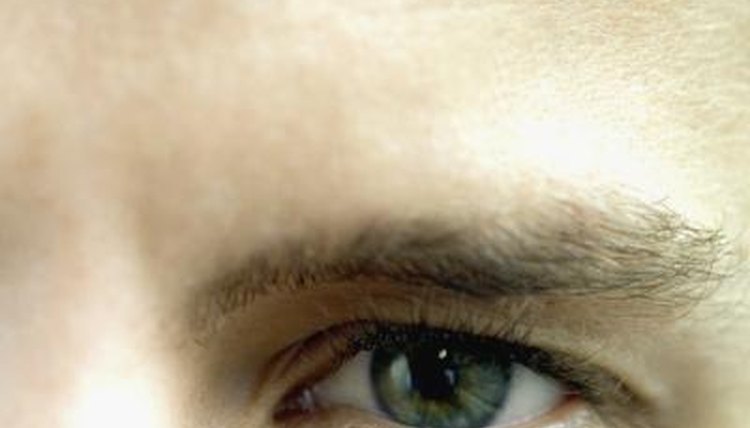
Fuse/Fuse/Getty Images
Make the person whose eyes are being tested stand 20 feet away from the Snellen Chart. Perfect vision is described as "20/20" because the person is 20 feet away when he reads the Snellen chart.

Fuse/Fuse/Getty Images
Have the subject cover her left eye. Proceed to have her name the letters on the chart she can read clearly. Note the row on which she can read the letters easily, and the row where she can no longer read the letters. Repeat with the other eye.
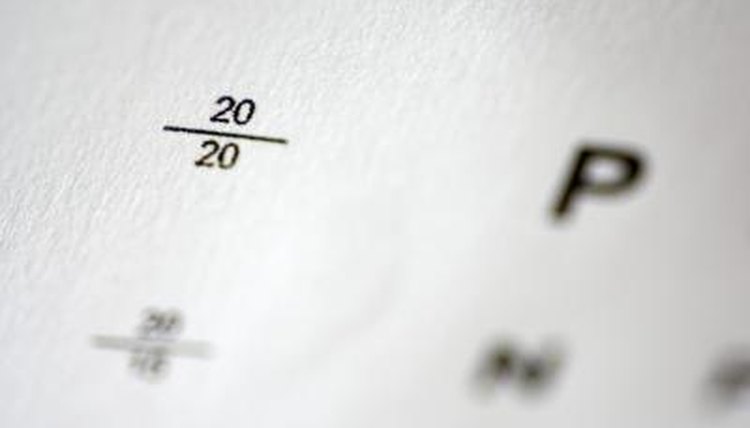
Fuse/Fuse/Getty Images
Compare the subject's results to the fractions that are written on the chart. This will give you an assessment of his far vision capabilities. A subject who can read the letters on the "40" row while standing 20 feet away has 20/40 vision in that eye. This means that at 20 feet, he can see what a person with 20/20 vision would see at 40 feet.

Fuse/Fuse/Getty Images
Obtain a Snellen test card. This is different from the far vision eye chart, and is instead a small card that has text written in subsequently smaller fonts on each line of the card.
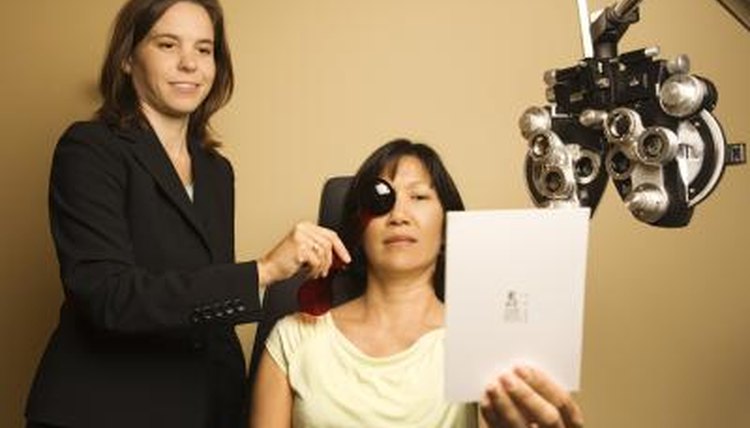
Fuse/Fuse/Getty Images
Instruct the person being tested to place the card 14 inches from his eyes, and to cover one eye. Each eye will be tested separately in the near test as with the far.
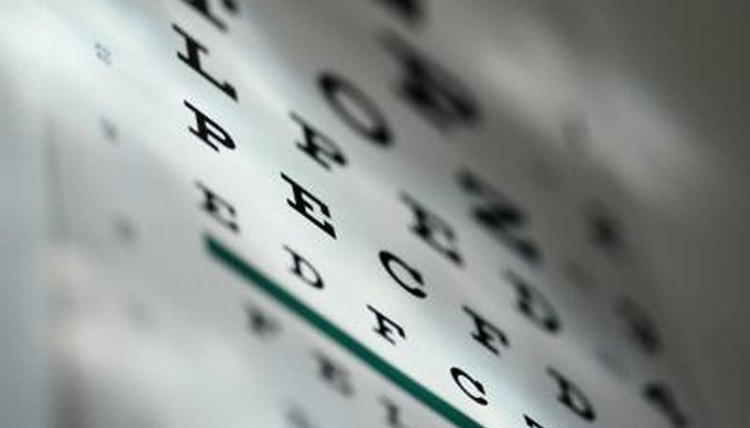
Fuse/Fuse/Getty Images
Have the person read the card. Each line is designated with an "N" number. The largest number will be N38 and the smallest N5. A person with normal vision should be able to read to the N5 line without assistance. The number in the designation refers to the number of points in the font. One point is equal to 1/72 of an inch.
References
Resources
Writer Bio
This article was written by the CareerTrend team, copy edited and fact checked through a multi-point auditing system, in efforts to ensure our readers only receive the best information. To submit your questions or ideas, or to simply learn more about CareerTrend, contact us [here](http://careertrend.com/about-us).
